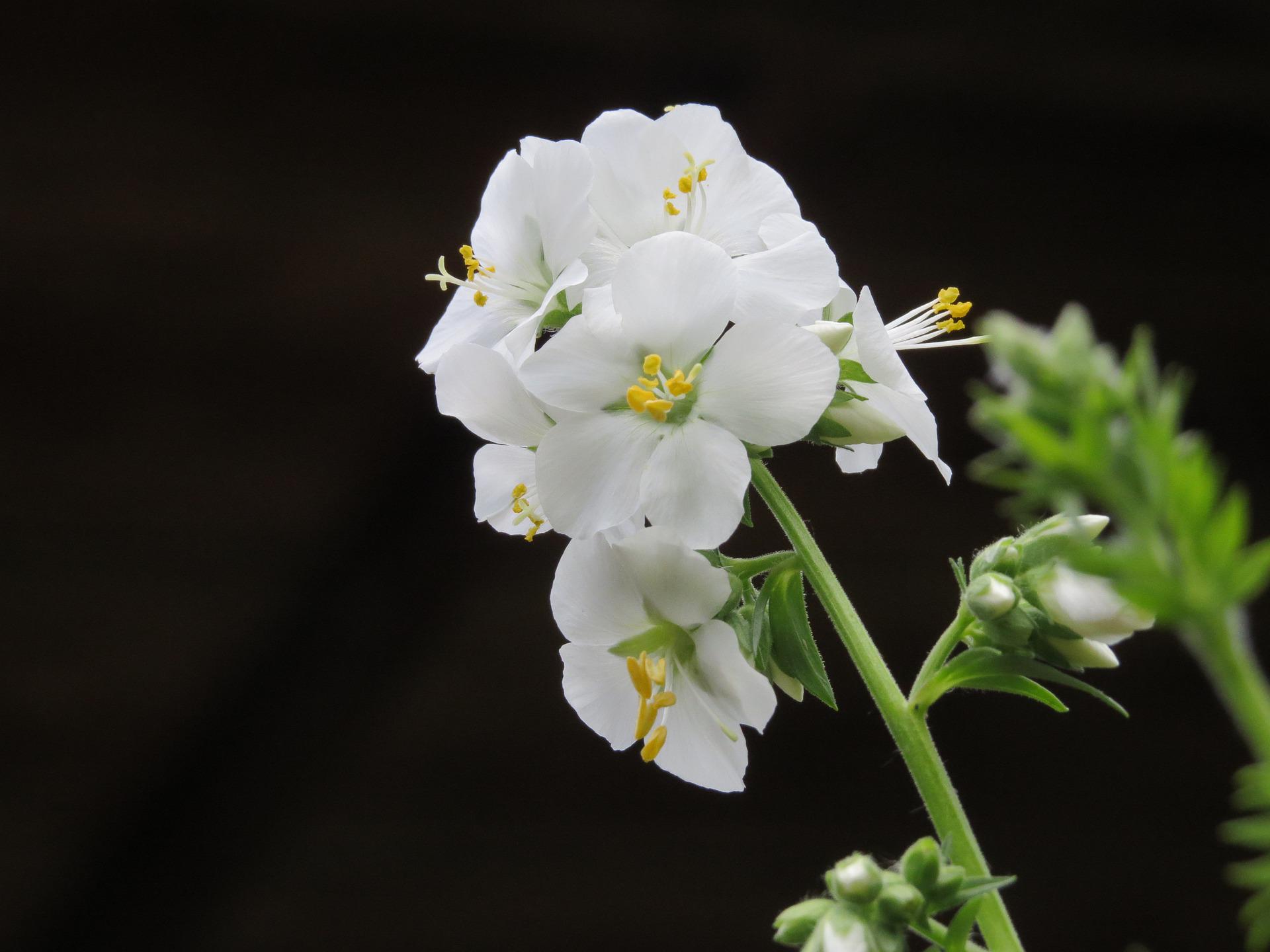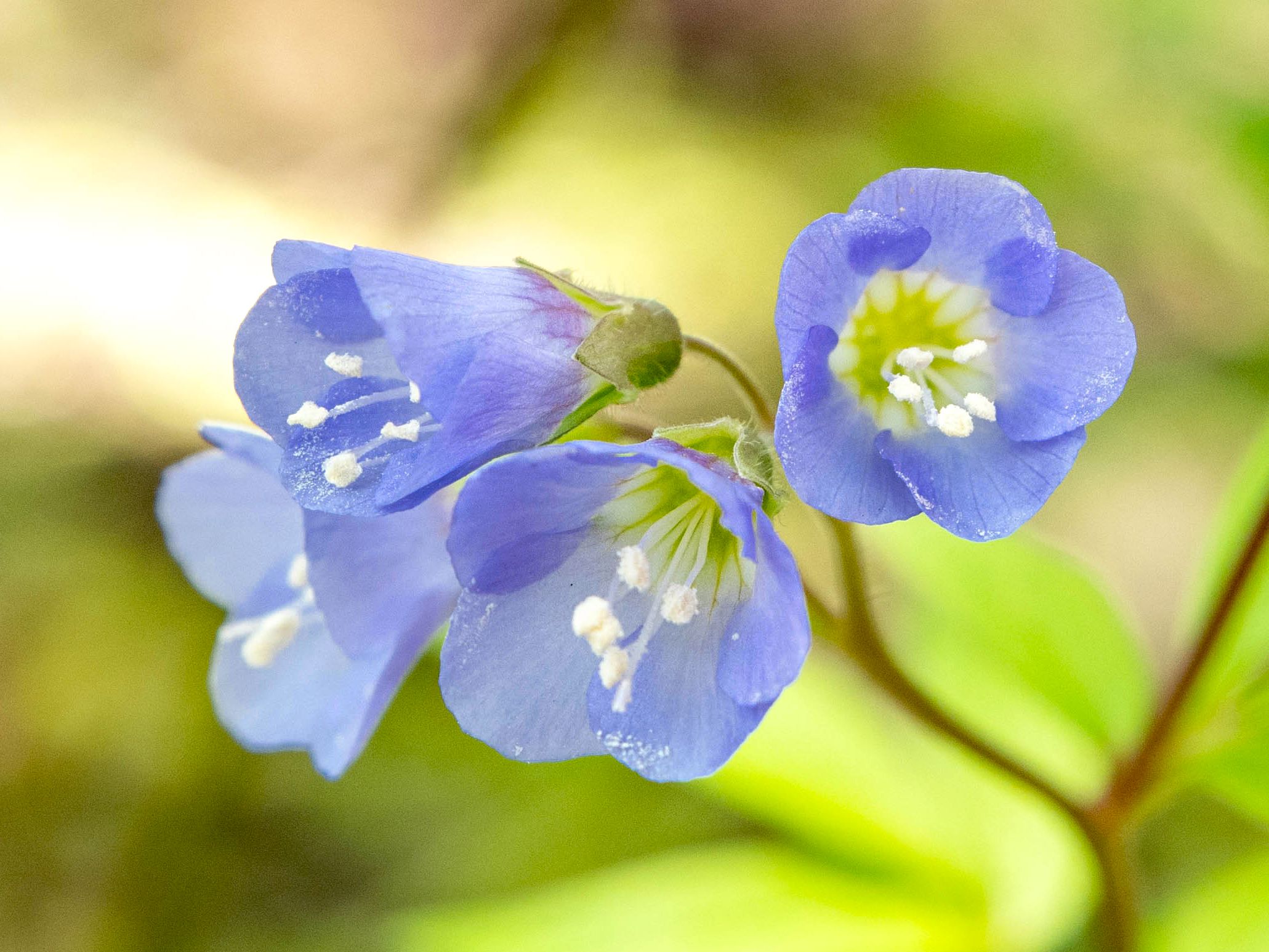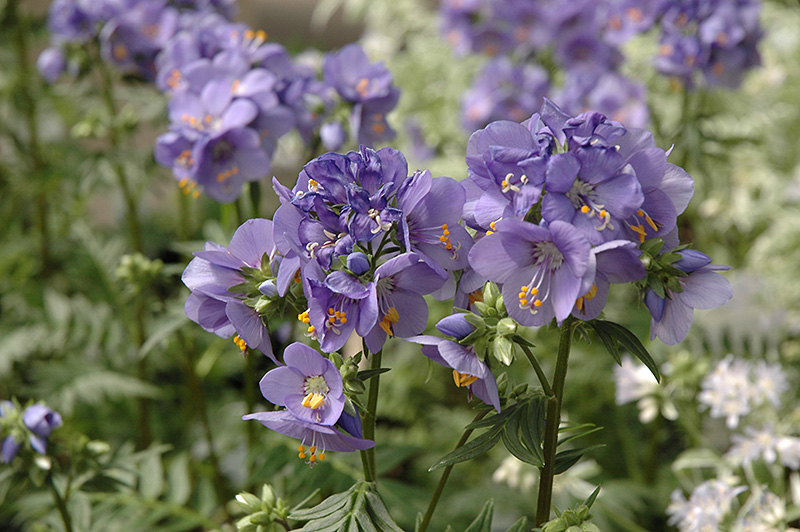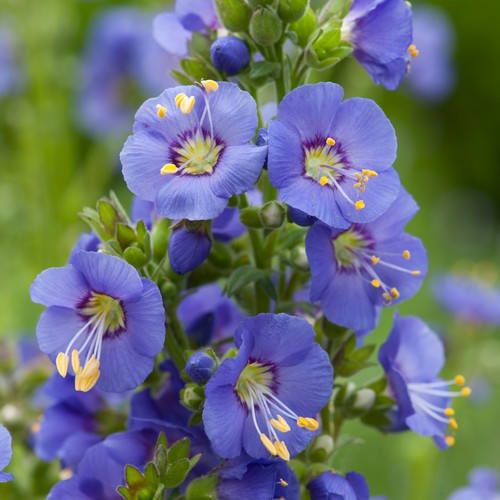
Last updated on May 21st, 2023 at 09:35 am
Inherent to the northeastern United States, Jacob’s ladder grows in swamps and mosses. This flower species is mainly a genus consisting of around 25 to 40 blossoming plants. Jacob’s ladder flowers belong to the Polemoniaceae family.
The plant is tropical to the winter and temperate territory, including the Northern Hemisphere’s arctic regions. Moreover, one of its varieties is found in ‘the southern Andes,’ South America. The extended development of Jacob’s ladder lies in its dense herbages.
There are mainly two varieties of Jacob’s ladder seed—one can be found naturally in the garden. These varieties are Polemonium reptans and Polemonium caeruleum. Polemonium reptans belong to the northeastern quadrant of the United States. It is evaluated as a threatened variety in many states. Polemonium caeruleum originates from European woodlands and mountains.
What does the Jacob’s Ladder flower symbolize?
The plant of Jacob’s ladder crops up a chunk of densely stored leaf stems in every relevant small pamphlet, nearly fern-like in aspect, that grows along the stem. The stem seems to be “the ladder of the Biblical fantasy of Jacob.” The formation of Jacob was popular as a “pinnate.” The epithet ‘reptans’ holds up Jacob’s ladder flower, meaning ‘creeping.’ It refers to the creeping pattern of Jacob’s ladder.
The roots of Jacob’s ladder plant have traditionally been utilized to deal with kidney troubles (though one should talk with their consultant first!). The symbolic Jacob’s ladder flower meaning lies in ‘coming down.’ Moreover, it affects both the ascending and descending of patrons around paradise and earth.
All in all, the Jacob’s ladder flower symbolic meanings are:
- progress
- ascension
- spiritual passage
Meaning of the Jacob’s Ladder flower colors
White color

White represents neat, modest, genuine grace, elegance, and prosperity. It also illustrates encouraging human minds to concentrate and care as an organization. White is positive, giving rise to transparency and signifying specific boundaries. Jacob’s ladder flower meaning lies in holiness and integrity to compassion.
Pastel blue color

Pastel blue is a soothing and quiet color. As per color psychology, most complexions of blue are contemplated because they resemble the sky and the ocean. The soft manifestation of Jacob’s ladder flower meaning lies in generating that impression.
Purple color

This specific Jacob’s ladder flower species is the shade lover. It has leafage in green with a little amount of purple. Purple is imperial. Thus, Jacob’s ladder flower meaning lies in achievement and even supremacy, though emotions of affection and belief may further come together in purple blossoms.
Blue-purple color

Another variety of Jacob’s ladder flowers is blue-purple. This specific plant generates milky cream herbage. Blue exemplifies the recovery essence of water and the strength of stormy oceans. Generally, it manages to lessen the human-heart ratio, blood pressure, and body temperature. Blue can impact the pituitary gland, influencing sleep habits and further postponing our breathing.
Interesting facts about the Jacob’s Ladder flowers
- The Jacob’s ladder is in bright green leaves, which are distributed into “lance-like leaflets.”
- Different varieties of Jacob’s ladder develop at rising heights, particularly in hilly areas.
- Jacob’s ladder tree has “roundish, brown-colored, capsule-like grains” with three compartments.
- Jacob’s ladder flower plant prefers shadowy or semi-shaded areas for developing them. Besides, it is adequate to prosper on damp muds that are prosperous in organic materials.
- The plant can withstand drought once its origin has the soil legitimately.
- The variety is deer resistant and is not susceptible to insect germs or infections.
- The plant is barely very simple to accumulate but expects the least care.
- The plant is a brief spring and tends to survive adequately in the summer.
- Many people adopt this variety with the stockade rails as it benefits light up and stimulates the entire area.
- The Jacob’s ladder plants are further used for decorative bases in rock terraces, woodland gardens, natural regions, and aboriginal plant gardens.
How to grow Jacob’s Ladder flowers
Environmental maintenance of Jacob’s ladder discourages gardeners from putting up with “plants from the wild for transplant.”
Any Jacob’s ladder plant accumulates from around 1-3 feet (around 30 to 91 cm.) elevated along with an extent of 1 1/2 – 2 feet (around 46 to 61 cm.) broad. Flexible clumps of flowers hang like bells from the extended branches. It also appears in white, purple, and blue being sure of its surroundings. After it is life, accumulating Jacob’s ladder needs a slight exception for the periodic border.
- Choose planting spots that are completely or somewhat shaded and have moist, well-draining, organically rich soil.
- Add aged compost to turn alkaline soil more acidic.
- Combine compost and sand to loosen and enrich tight clay.
- Maintain uniform moisture during germination and sprouting for the next 14 to 28 days.
How to care for Jacob’s Ladder flowers
- Stake the drooping stems to highlight the beauty of the blossoms.
- Cut entire stems down to the mound of foliage at the base of spent flowers to keep them appealing, limit self-sowing, and promote a second bloom.
- To avoid creating a breeding ground for pests and disease, remove foliar debris after plants have finished blooming and died back.
Best time to gift Jacob’s Ladder flowers
The most widespread objective for bestowing Jacob’s ladder flowers as a blessing or gift is to reflect a feeling. Generally, blossoms are a delightful means to convey the lowest feelings, whether affection, pleasure, appreciation, gratitude, compassion, fantasy or apologies.
Spring is suitable for replenishing the residence and terrace with elegant blossoms. Flowers are always outstanding gifts to people as they signify affection and attention.
One of the outstanding spring blossoms is Jacob’s ladder. Jacob’s ladder flower meaning lies in “expectation” or “anticipation,” which is the reason behind its popularity for gifting.
Conclusion
Jacob’s ladder blooms in late April and is an excellent plant for massing in the spring forest garden. It has 12-18″ tall, loose erect branches with small, bell-shaped pale blue blooms blooming in branching clusters. Jacob’s ladder leaves are divided into many little segments, giving the plants a powerful architectural look.
Jacob’s ladder’s eye-catching flowers and foliage compliment nearby species like Arisaema triphyllum, Caulophyllum thalictroides, Sanguinaria canadensis, Panax quinquefolius, Trillium spp., and other woodland garden plants.
If you want to know and learn more about flowers, we at PansyMaiden can help you. Check out our fun, easy-to-read, and informative flower-related content that you will surely enjoy!
